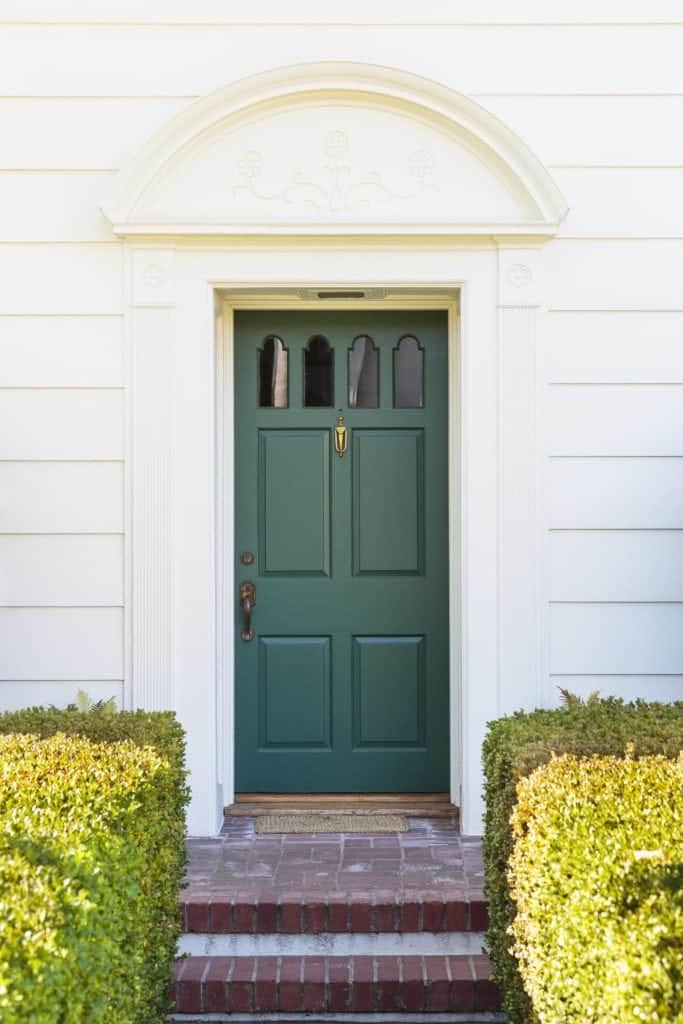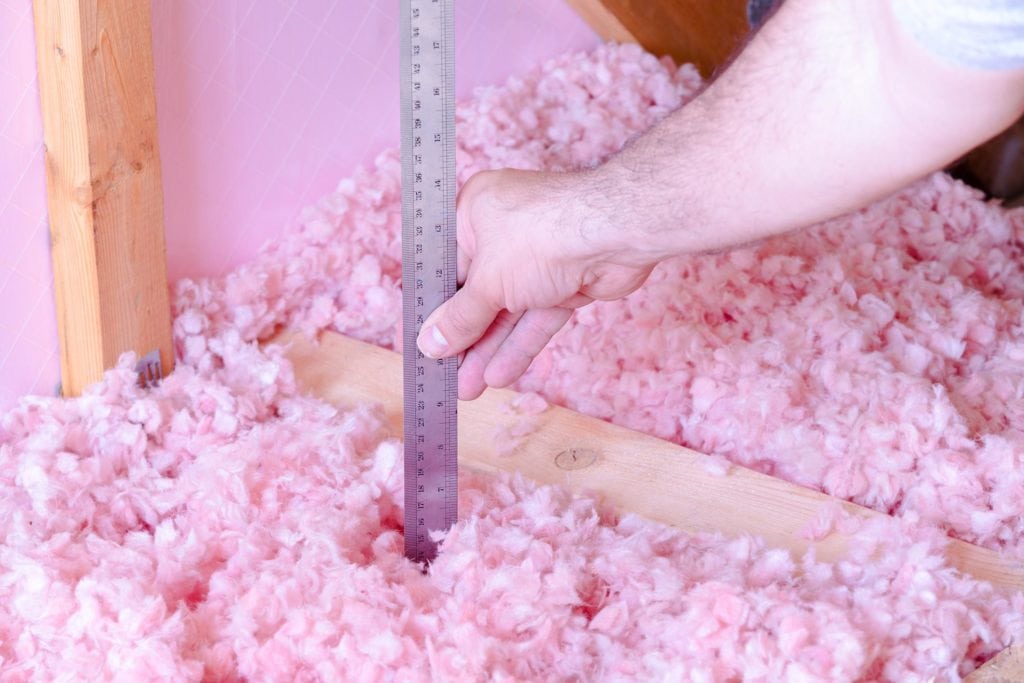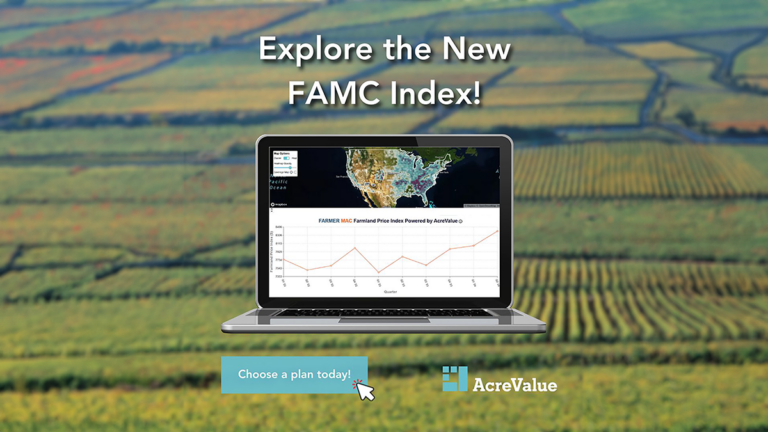“Energy-efficient” is probably never going to sound as flashy as “strand-woven bamboo floors,” but when it comes to your home’s resale value, it’s actually a lot more alluring than you ever thought. A number of regional studies have shown that green homes sell faster and sell for more than comparable non-green properties, particularly in areas with high energy prices.
In California, for instance, a UCLA report found that green features like ENERGY STAR-rated products and LEED Certifications added a 9 percent bump to selling prices. Add energy equipment like solar panels, and you’ll see an even bigger jump—and move your home off the market faster. A 2003 study by the National Renewable Energy Laboratory (NREL) showed that solar homes sold a remarkable 20 percent faster and at a 17 percent premium over their non-solar counterparts.
However, some energy upgrades make an easier sell than others. It’s pretty obvious to your average buyer to understand how a home with solar panels will impact their energy use—but a tight building envelope, perhaps less so. What makes a feature or appliance “efficient” or “high-performance” isn’t always so simple to understand. Homeowners struggle to explain their home’s green features—according to one survey, around 84 percent of homeowners questioned said they wouldn’t be able to confidently describe their home’s green features. For sellers looking to take advantage of green trends, part of the challenge is picking the efficiency upgrades that homebuyers know and want.
Buyers are drawn to ENERGY STAR-rated products
The nice thing about the ENERGY STAR logo is that it instantly communicates efficiency to prospective buyers. An independent certification also comes with a certain cache—it feels a lot more reliable than a reassurance from a realtor. Large appliances like refrigerators, washers and dryers, and water heaters make natural candidates for energy updates, so if you want to sell your home quickly, adding perks like these to your listing is a good way to go.
Meanwhile, the logo also applies to a number of different housing features, as well. Windows, HVAC units—even lighting and roofing materials—all make the list of ENERGY STAR-rated products. The EPA produces fact sheets on the energy savings of each, which you can have your realtor distribute to illustrate the projected performance of various items. The more you can act as an educational resource and raise buyer awareness, the better off you’ll be.
Adding an energy-efficient fiberglass door: A financially smart move

Curbside appeal counts for a lot when you’re trying to sell a home, and your front door is one of the first things prospective buyers see from the driveway. An insulated fiberglass door also scores high for energy efficiency—much higher than a hollow aluminum or wood model, for instance. And its cost-versus-value ratio is huge. Each year, Remodeling magazine examines the return on investment for various home improvement projects. In 2016, a fiberglass door scored off the charts for ROI. Fiberglass handily stands up to the elements, and it makes a particularly savvy choice for homes in cold weather regions. Meanwhile, thanks to manufacturing advances, fiberglass doors have become competitive with wood in terms of aesthetics. You can now purchase fiberglass that closely resembles mahogany wood grains, for instance. Staining your door or opting for a rich, bright, on-trend color, like yellow or Kelly green, makes for a striking first impression on buyers—and nets your home some serious environmental cred, too.
Attic insulation is heating up

One of the surprises among Remodeling magazine’s findings was how popular insulation projects have become, especially blown fiberglass attic insulation. There’s some evidence that homeowners now recognize poorly insulated attics as the energy vampires they are—in fact, it’s one of the first updates many go for when they’re looking to improve a home’s energy profile. So purchasing a home with updated insulation already installed really seems like a bonus.
Blown-in insulation, in particular, covers cracks and odd spaces that are difficult to fill with rolled batts. Because of this, it achieves much higher insulation R-values. If you want to give yourself a little nudge on the green market, you might even consider a recycled material in place of fiberglass, such as cellulose, which comes from used newspapers. Energy efficient and green? Tell me that isn’t a win-win!
Erin Vaughan is a blogger, gardener and aspiring homeowner. She currently resides in Austin, Texas, where she writes full time for Modernize, with the goal of empowering homeowners with the expert guidance and educational tools they need to take on big home projects with confidence.


